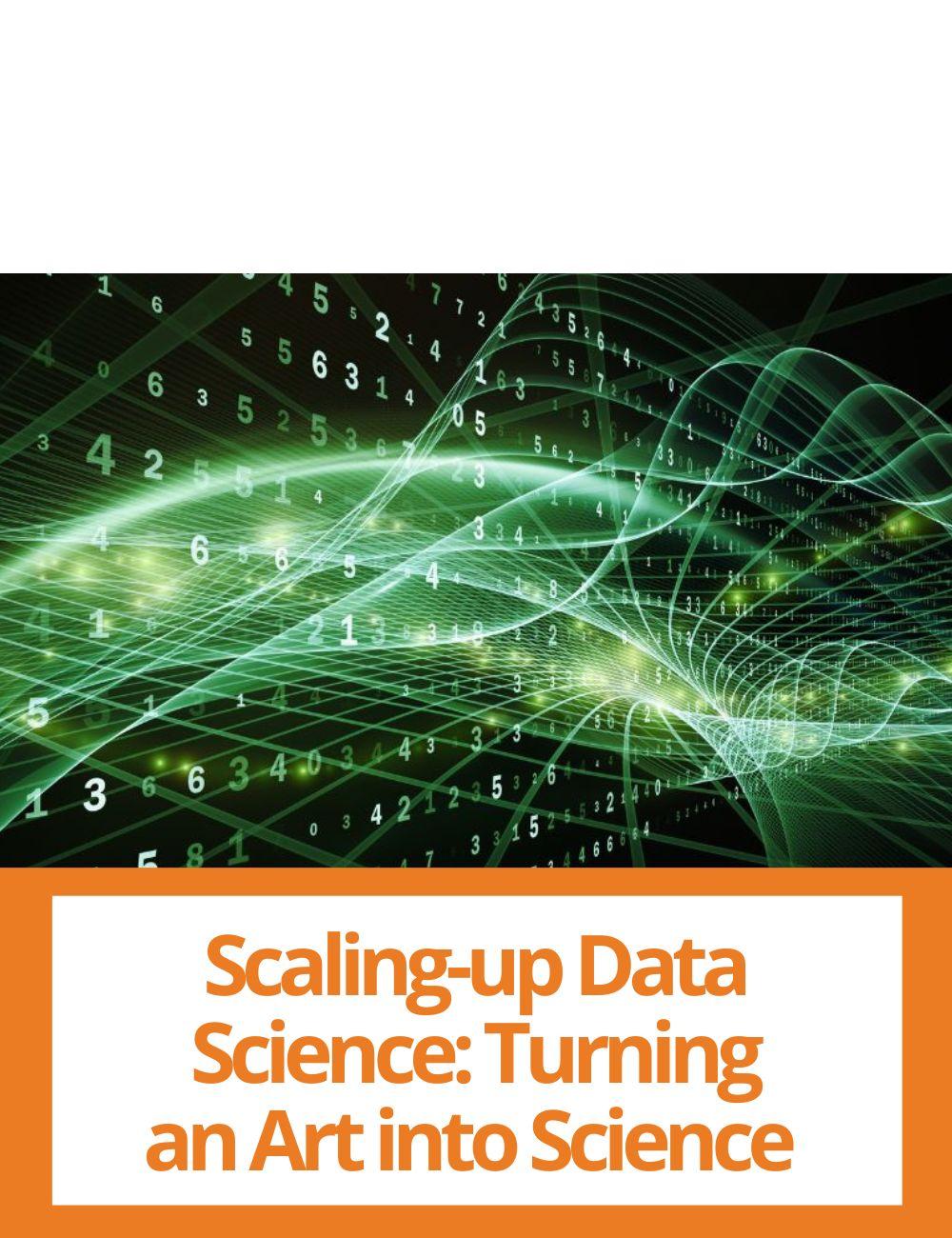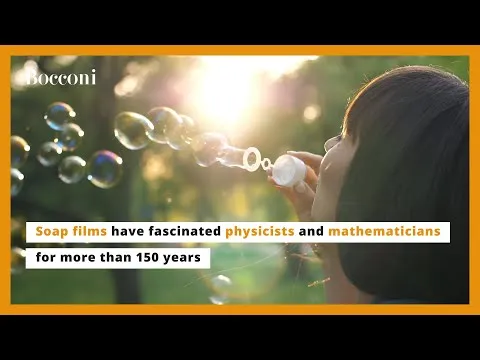
Understanding Crystal Structures Through Geometric Analysis
When we dip the plastic ring into the soap bubble tube, we capture a flat, disc-shaped soap film. This happens because, among all the surfaces circumscribed by the ring, the disc is the one with the smallest possible area. Specifically, the disc minimizes the surface tension energy needed to hold the soap film together, preventing it from bursting.
Given that the area of the film is proportional to its surface energy, mathematicians have strived to develop suitable tools to minimize the area since the 1870s, when the Belgian physicist Joseph Plateau conjectured that there is a film of minimal area not only when we capture soap with a ring, but also with a closed "wire" of any shape. Mathematicians have succeeded in developing effective tools, at least as long as we model the phenomenon as "invariant under rigid motions": going back to the bubble ring and disregarding air resistance, the soap film is invariant under rigid motions if it remains the same when we rotate the ring.
In reality, however, the forces acting on the disc are not homogeneous, but depend on the direction (that is, they are "anisotropic"), and if the ring is parallel to the ground, gravity will tend to push the soap downward, forming a slight bulge. In this case, equilibrium is achieved by minimizing an energy cost that is not proportional to the simple area. Hence, while approximating the energy with the surface area simplifies the mathematics, it leads to inaccurate models in many cases of interest.
The mathematics needed to study problems in which anisotropic energies are involved is yet to be developed, and the European Research Council has awarded an ERC Starting Grant worth €1.5m to Antonio De Rosa (Bocconi Department of Decision Sciences) to accomplish this task.
ANGEVA (Anisotropic Geometric Variational Problems: Existence, Regularity and Uniqueness) aims to introduce theorems, structural properties and analysis techniques for the theory of anisotropic minimal surfaces, that will have direct impact in materials science, cell biology, computer graphics, economics, and general relativity theory.
"The most obvious applications are perhaps those in materials science," Professor De Rosa says. "Many materials, even the seemingly smoother ones, when observed under a microscope show particular arrangements of particles in crystal structures, which give them different mechanical properties of yield strength, flexibility, ductility and so on. Crystal microstructures can be obtained by minimizing anisotropic energies, therefore my project will help both design microstructures with the desired characteristics and study the behavior of materials with specific microstructures when subject to forces."



Another very significant application, although completely different, is in computer graphics. Anisotropic filtering allows images to be purged of certain imperfections (the so-called noise) while still retaining important features such as, typically, the sharpness of depicted objects. In addition, anisotropic filtering makes it possible to improve the quality of images depicting textures that are tilted with respect to the observer's point of view.
The ERC Starting Grants can be assigned to talented early-career researchers of any nationality with 2-7 years of experience since completion of their PhD, a scientific track record showing real promise and an excellent research proposal. For researchers in the subsequent stages of their career, the ERC provides Consolidator Grants and Advanced Grants.
The Energies That Shape Crystals
